In the heart of the bustling city of Can Tho, there is an address that the people here still call by a haunting name: Kham Lon. Because this is not only the largest prison in the Southwest region, but also the place that preserves the painful and heroic memories of the nation throughout the length of the resistance war.
Let's find and explore this special prison with MLifeOn in the article below!
A place that marks unforgettable years
Located at 8 Ngo Gia Tu Street, Tan An Ward, Ninh Kieu District, Kham Lon Prison was built by the French colonialists from 1878 to 1886. This place used to be a brutal tool of governance, a place to detain patriots with heavy sentences, and steadfast revolutionary soldiers.
And today, after more than a century, this place still stands there - as a silent witness to history.
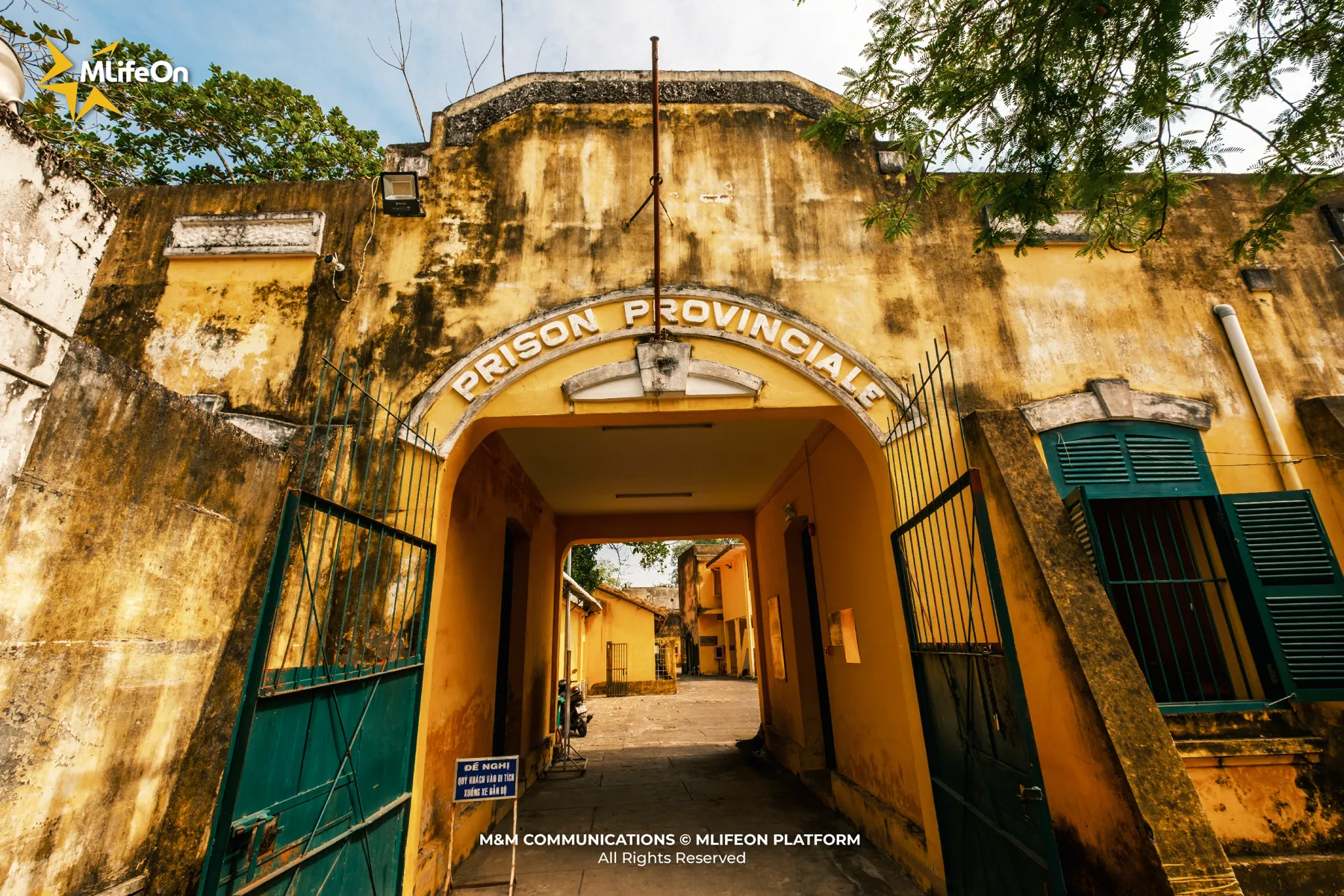
Kham Lon Prison at present time
When the French colonialists established Can Tho province in 1876, they quickly built a series of military and administrative structures to consolidate their power. Among them, Kham Lon was considered one of the most solid and large-scale prisons in Hau Giang region, located next to Tham Bien Palace and opposite the Provincial Governor's Court.
With the Treaty of June 5, 1862 between the Hue court and the French colonialists, the South was officially placed under French rule. In the Southwest region, from June 25, 1867, the three provinces of Vinh Long, An Giang and Ha Tien fell into French hands. At that time, Can Tho was still called Phong Phu district, belonging to Tuy Bien prefecture, An Giang province.
It was not until February 25, 1876 that the Saigon Governor issued a decree allowing Phong Phu district to separate from An Giang to establish Can Tho province. From then on, the French central governing agencies such as Dinh Chanh Tham Bien (Provincial Governor), To Bo (Administration), Giam Quan Department, Police, Secret Service and Prison were all located in Can Tho provincial capital. The prison here at that time was called "Prison Provincial", sometimes also known as "Kham Duong Can Tho".
Ten years after the province was founded, the French colonialists continued to consolidate the governing apparatus, promoted the construction of public offices, including the expansion of the prison to a larger scale and more solid structure. From then on, the name “Can Tho Grand Prison” was born and became a familiar name for the people of the West.
This place used to hold hundreds of patriotic prisoners - those who were considered "dangerous" because they could influence the ruling regime. During the American - puppet period, the Kham Lon prison was renamed "Rehabilitation Center", but people still called it by its old name, as a way to preserve memories.
During the years of resistance, the Kham Lon prison was a place that witnessed the cruelty of the colonialists such as savage torture methods, harsh living conditions - prisoners had to eat moldy rice, bitter and rotten fish sauce, and were only given one to two cups of water per day.
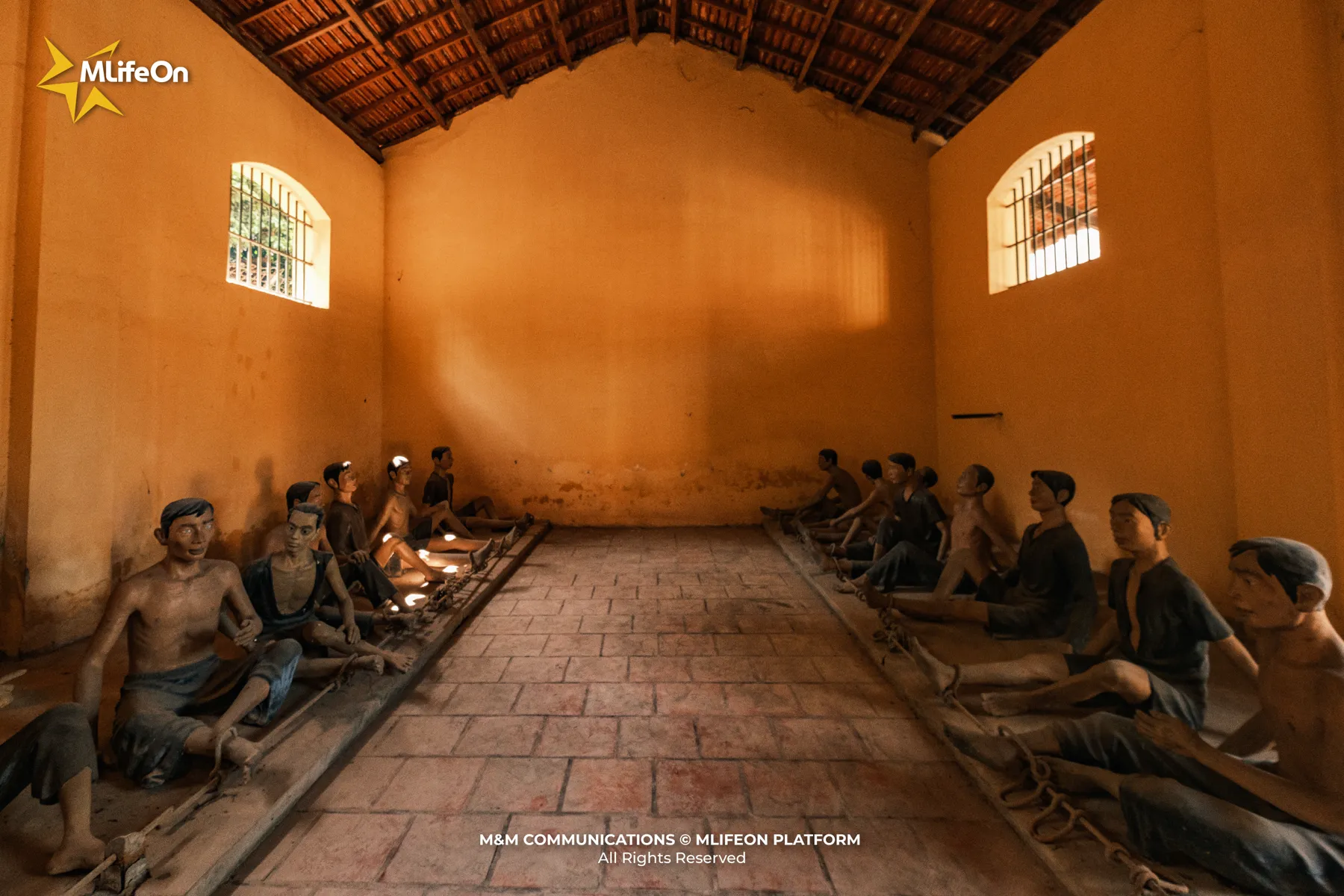
Detention area for our soldiers
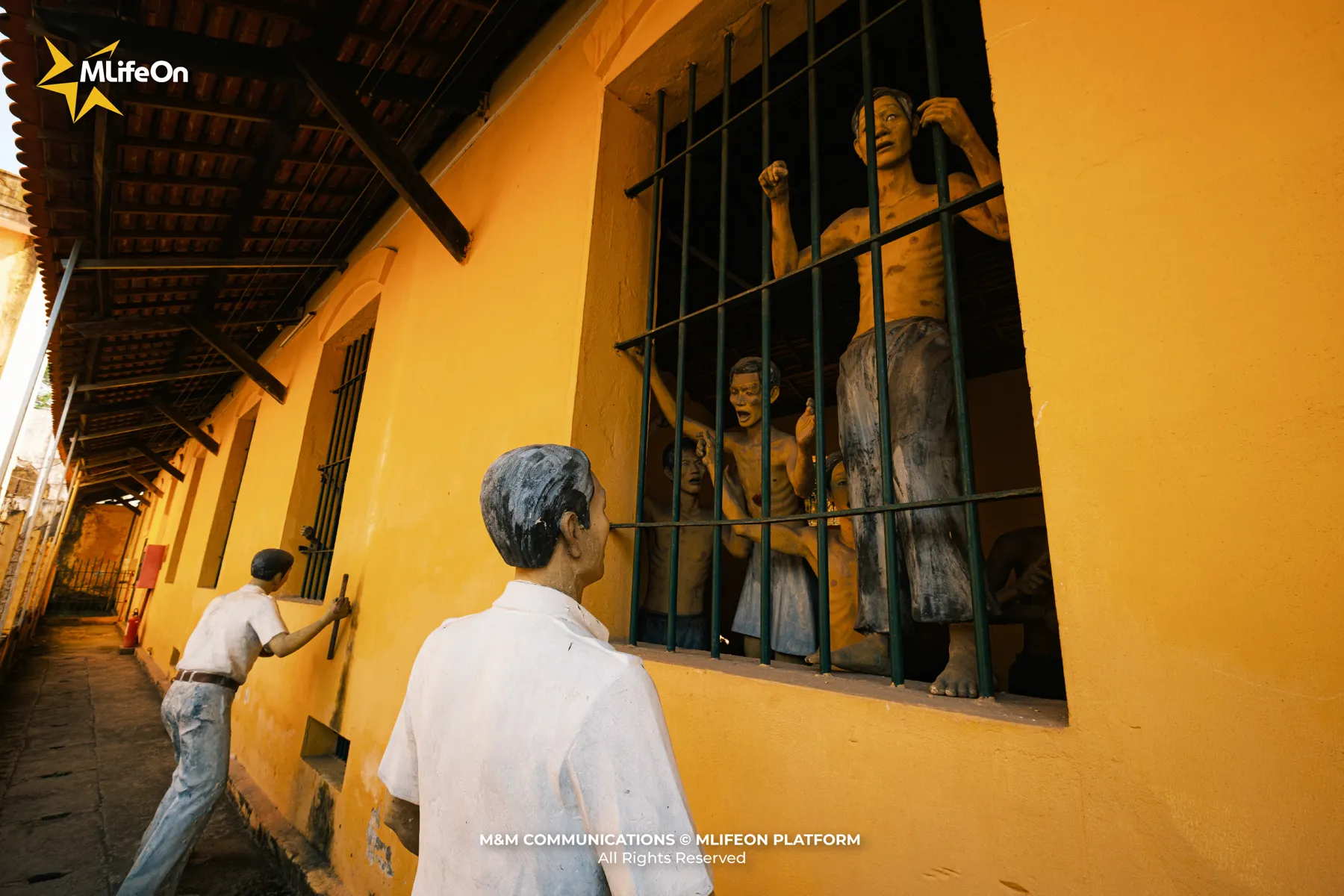
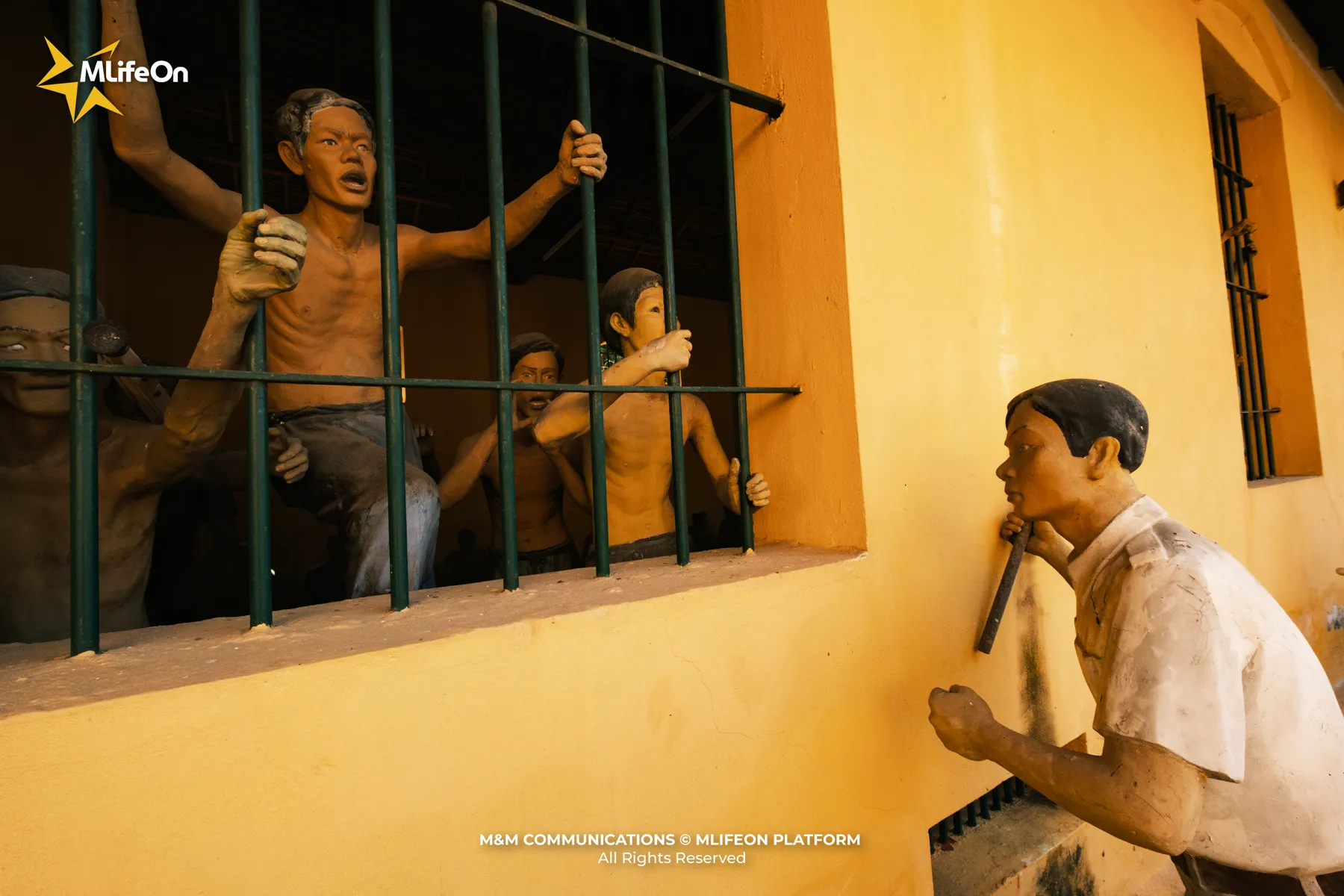
But in the midst of that “hell on earth”, the patriotism of our soldiers was not subdued.
Colonial imprint and the ruler’s calculation
Kham Lon Prison was built in isolation, separated from the residential area by large roads. High walls surrounded it, with a prison control tower, a 6-meter high observation tower on all four sides, barbed wire on the walls and night lights, …, all showed the careful calculation of the French colonialists.
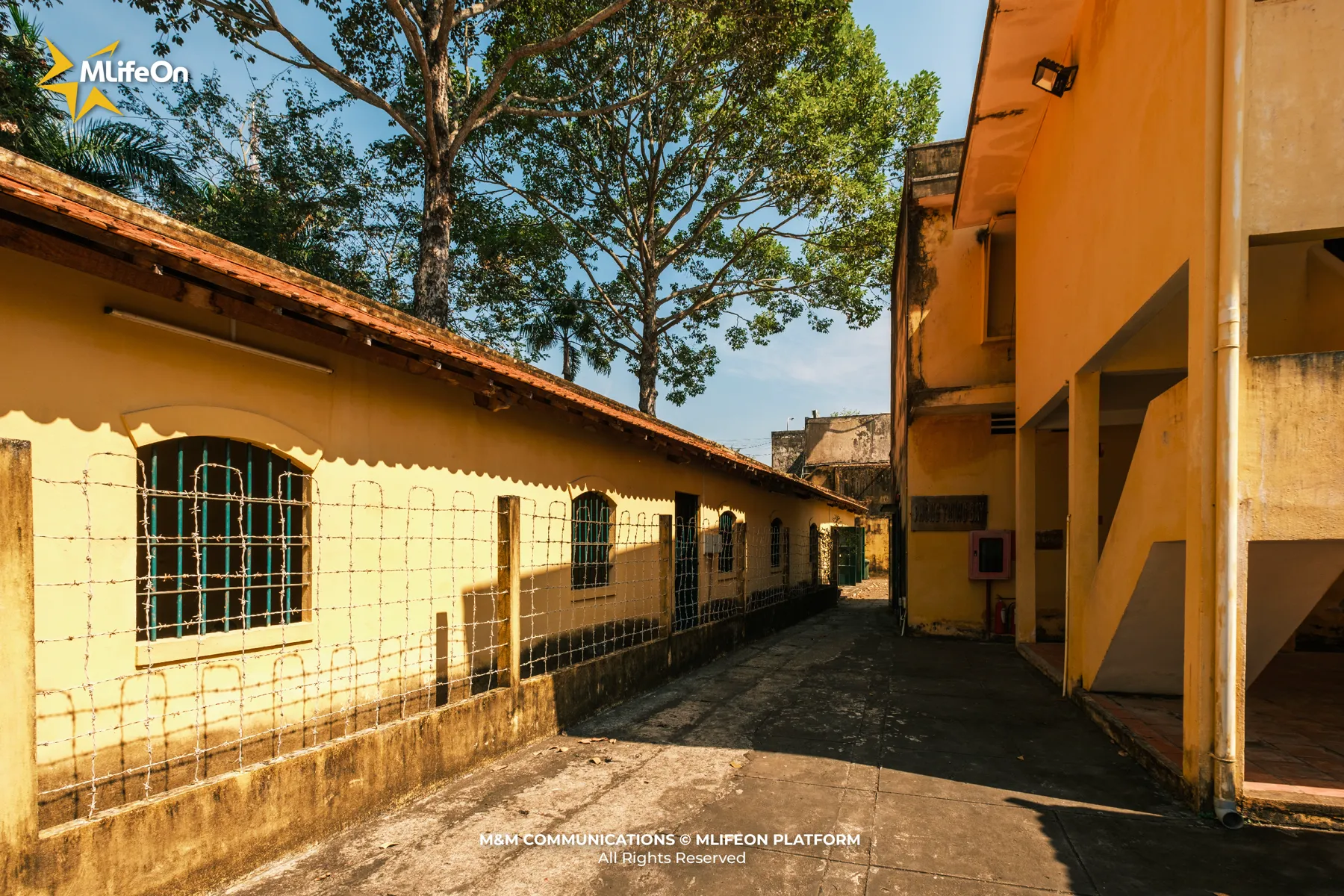
Kham Lon Prison has barbed wire fences and is strictly controlled by the colonialists.
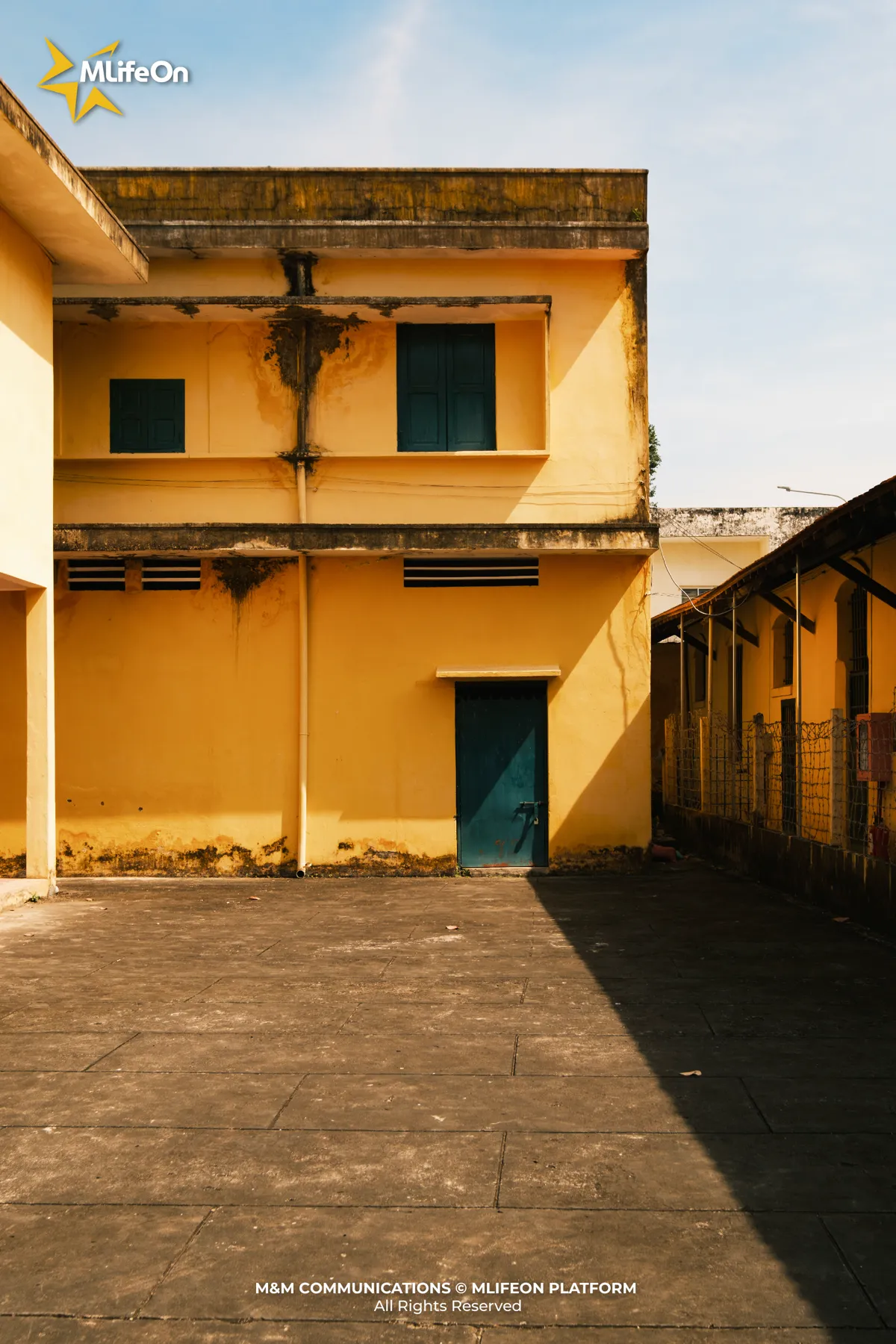
The prison was located next to the Provincial Governor's Palace, opposite the Administration Building, with a wide road on the left. This could be considered a convenient layout for control and to demonstrate the power of the colonial government. During the war against the US, Kham Lon Prison was expanded with 21 cells, divided into male and female areas, including solitary confinement for special prisoners.
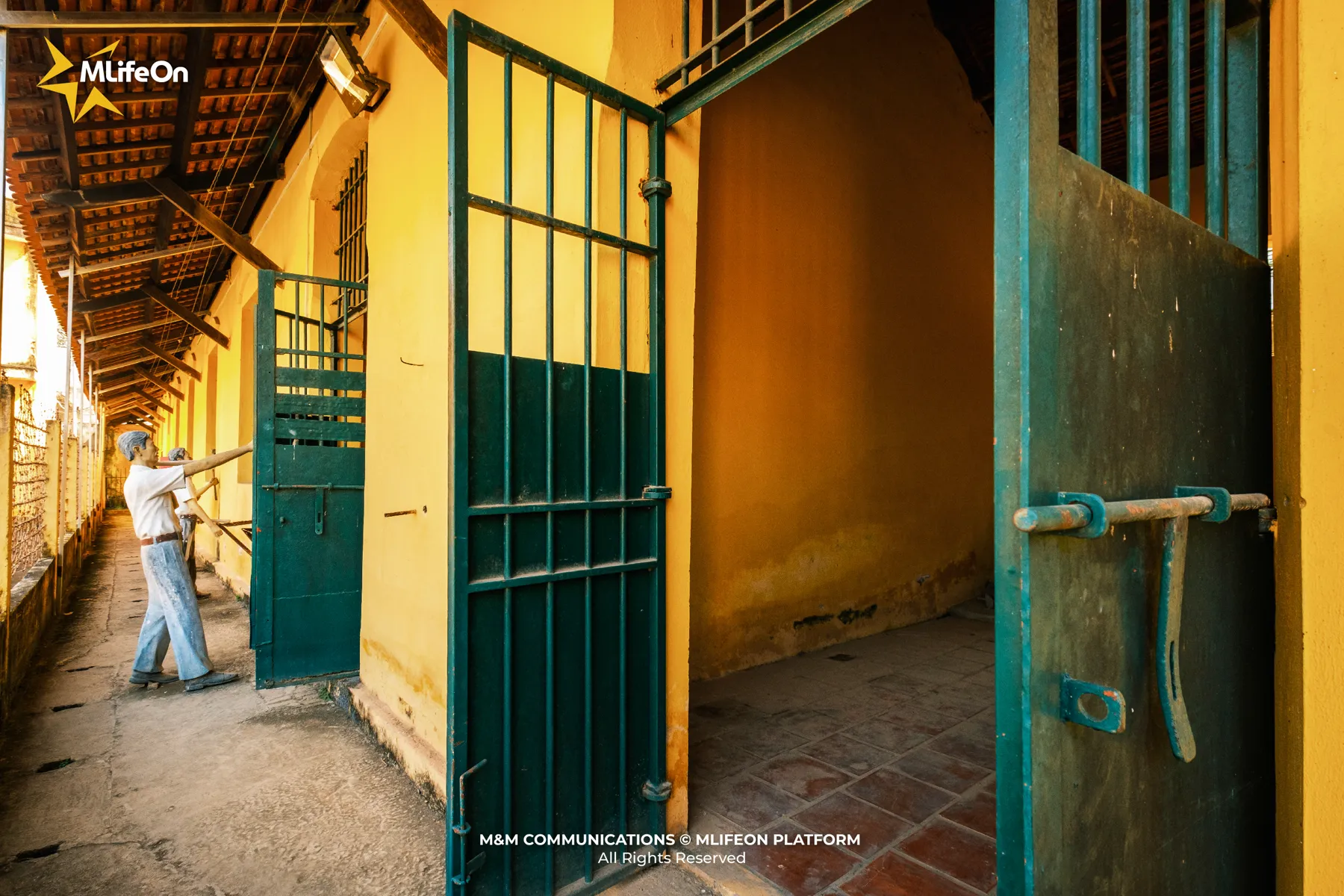
There were many cells and even solitary confinement for prisoners considered dangerous and capable of affecting the colonial government.
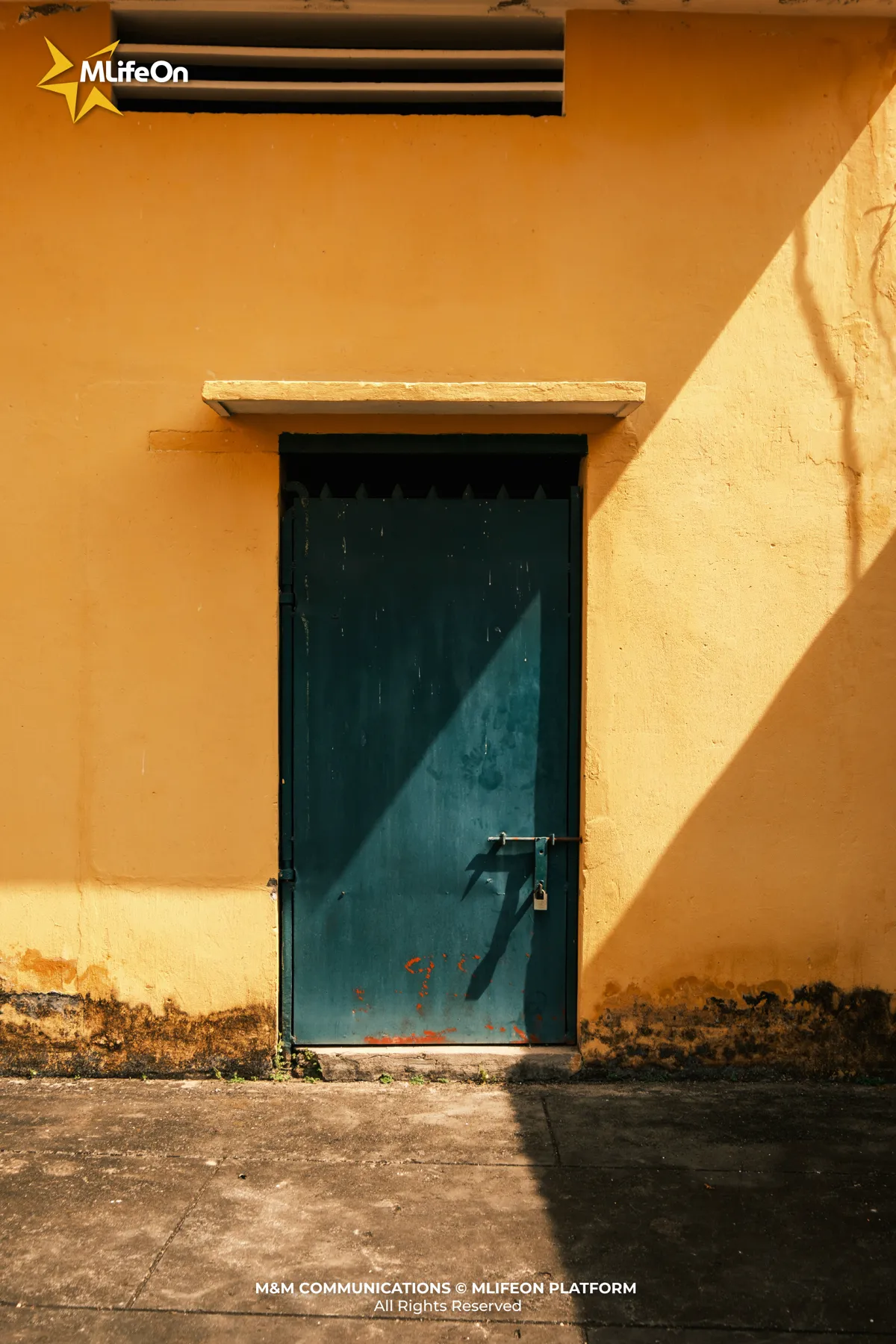
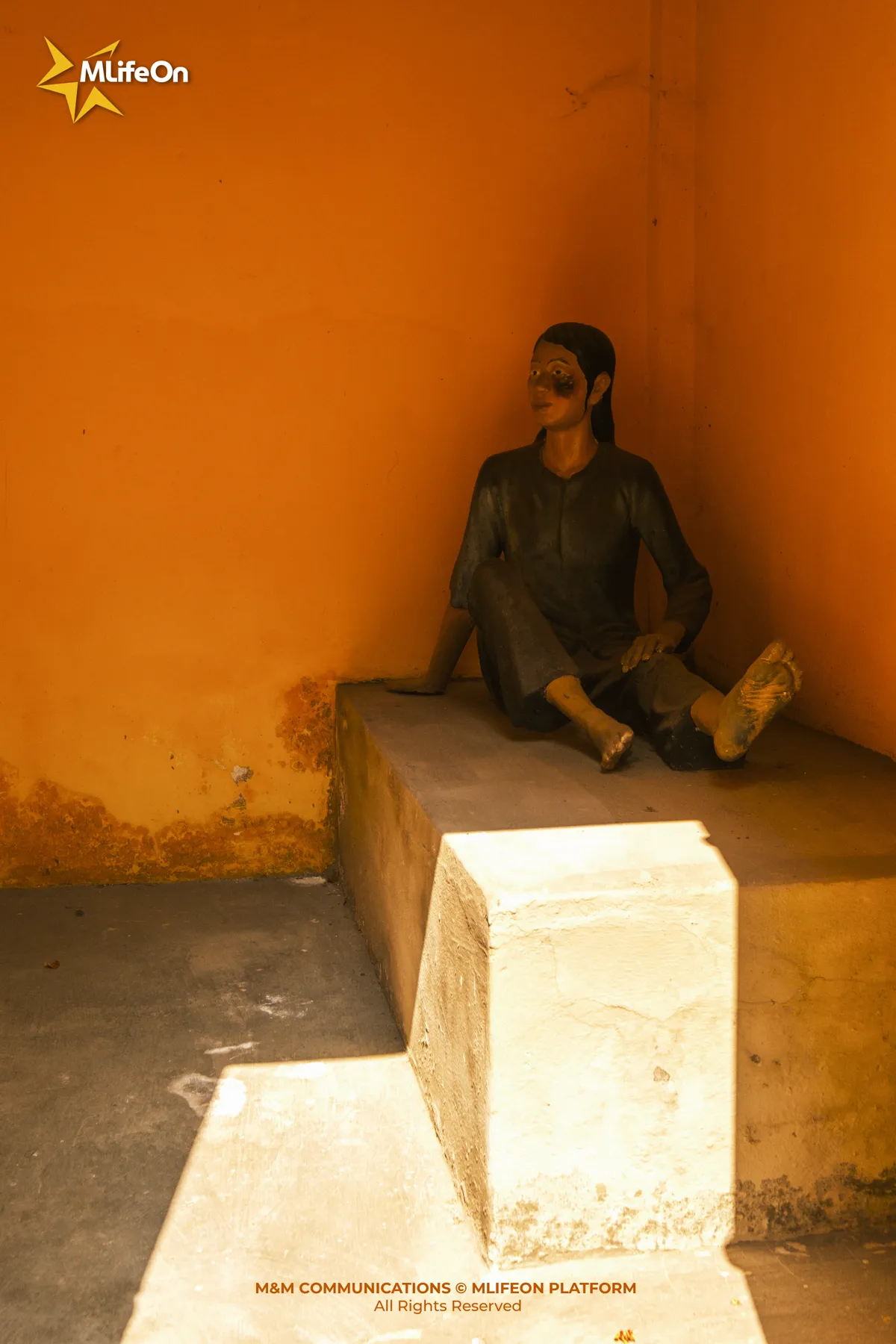
In the middle of the prison, the enemy also built a pagoda with a large courtyard, as part of a populist policy, creating a sense of “repentance” for the prisoners. Behind it was a two-story building used for interrogation, torture, and forced confessions. And finally, there was a solid tiled-roof kitchen - where simple meals were cooked for hundreds of detained soldiers.
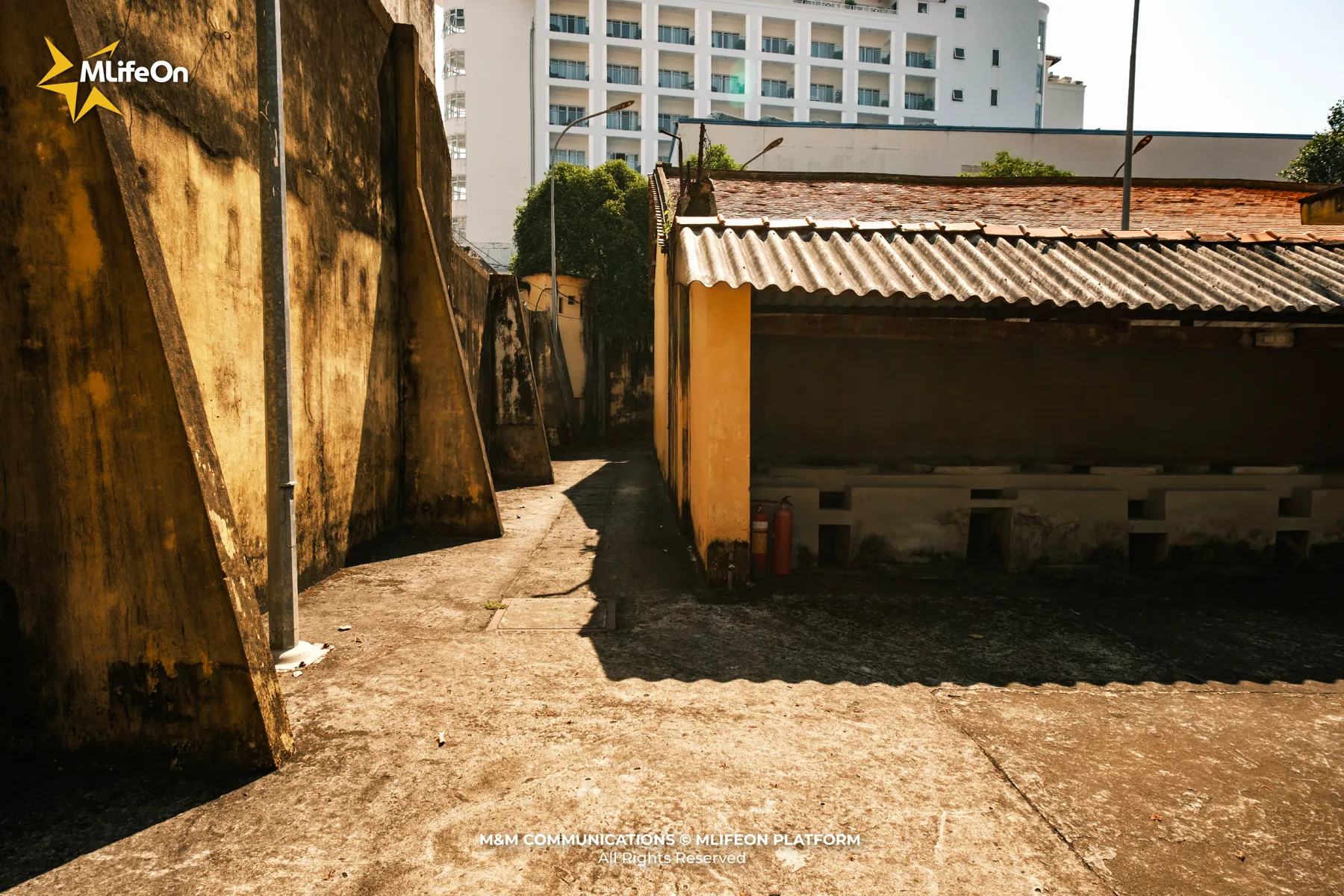
Prison cooking area - where moldy, rotten rice is prepared.
A destination to remember, to be grateful
On June 28, 1996, Kham Lon prison was recognized as a national historical relic by the Ministry of Culture, Sports and Tourism. It is not only a place to preserve artifacts, but also a space for historical education, reminding today's generation of the sacrifices of their ancestors.
Coming to Kham Lon prison, you will hear about the painful memories of the nation, which will move anyone. These are stories of loyalty, of resilience, of those who lived and died in the darkness of the prison - all of which make us more grateful and cherish the independence and freedom of the country today.
Kham Lon prison is not a place to just visit, but a place to stop, learn and listen - to understand that history is not only in books, but also exists in every brick, every wall, every breath of Tay Do land.
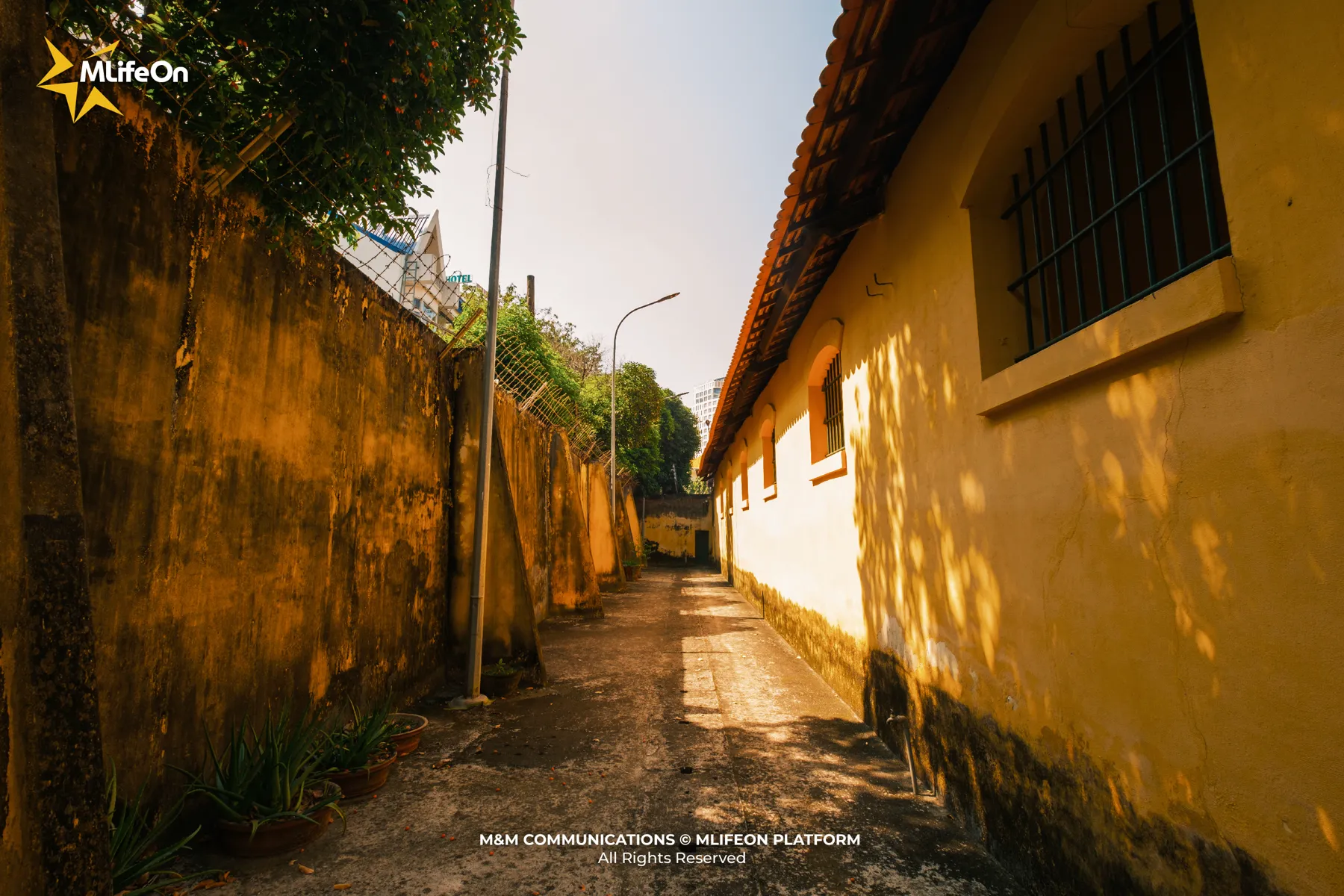
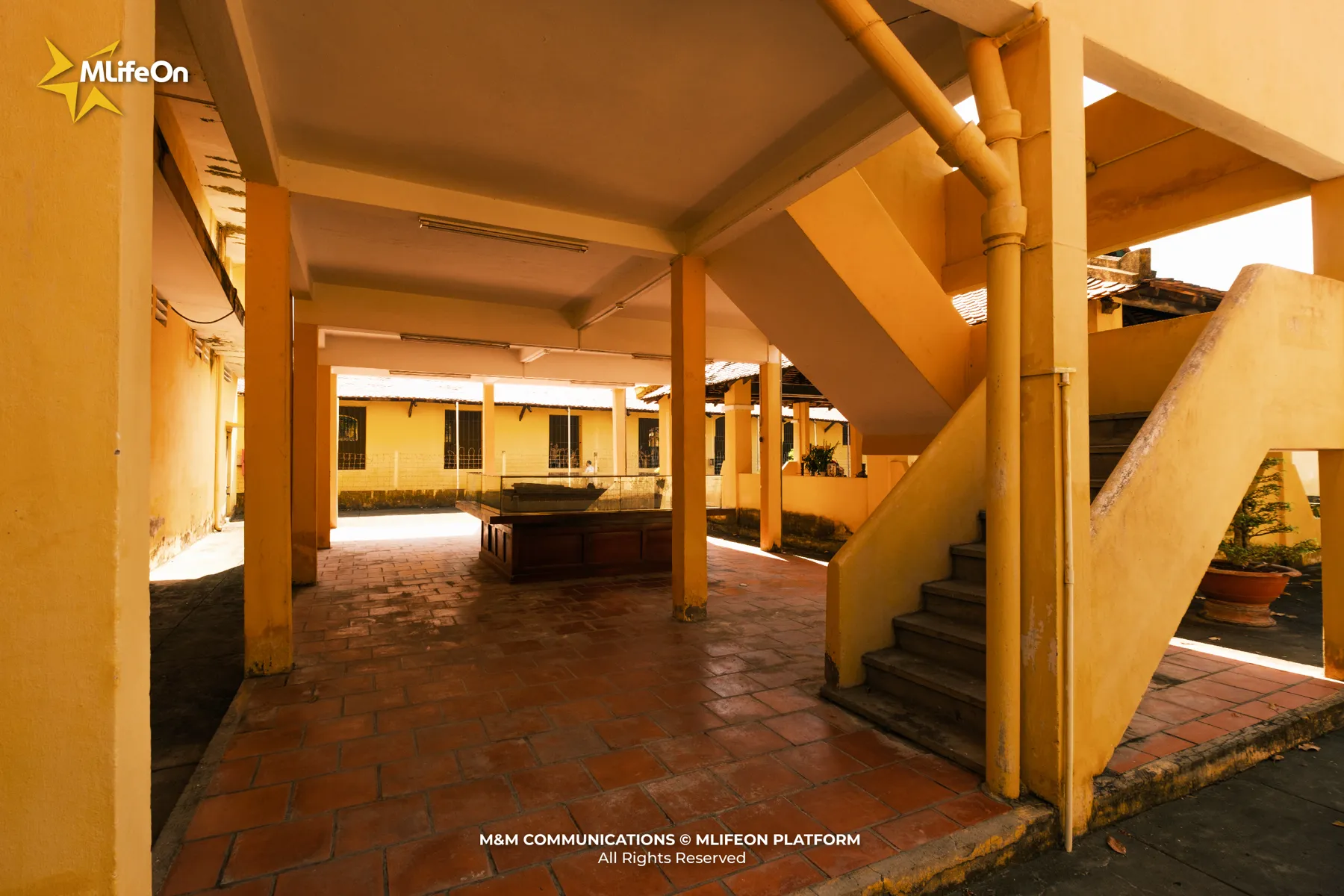
Conclusion
If you ever come to Can Tho, take the time to visit Kham Lon prison. Not for tourism, but for reminiscing. Not for taking pictures, but for a quiet feeling.
Among the famous landscapes such as Cai Rang floating market, Con Son or Ong pagoda, Kham Lon prison appears as a special stop - where the past is still there, where history is still telling stories.
The rivers of the West are peaceful, but the history here is not quiet. And if you want to understand more about the land and people of the Southwest, start from a place like Kham Lon prison - where every drop of memory has not faded.
—------
CREDIT:
- Photography: Luan Nguyen
- Content: Giang Huynh
- Design: Phuong Nguyen





















